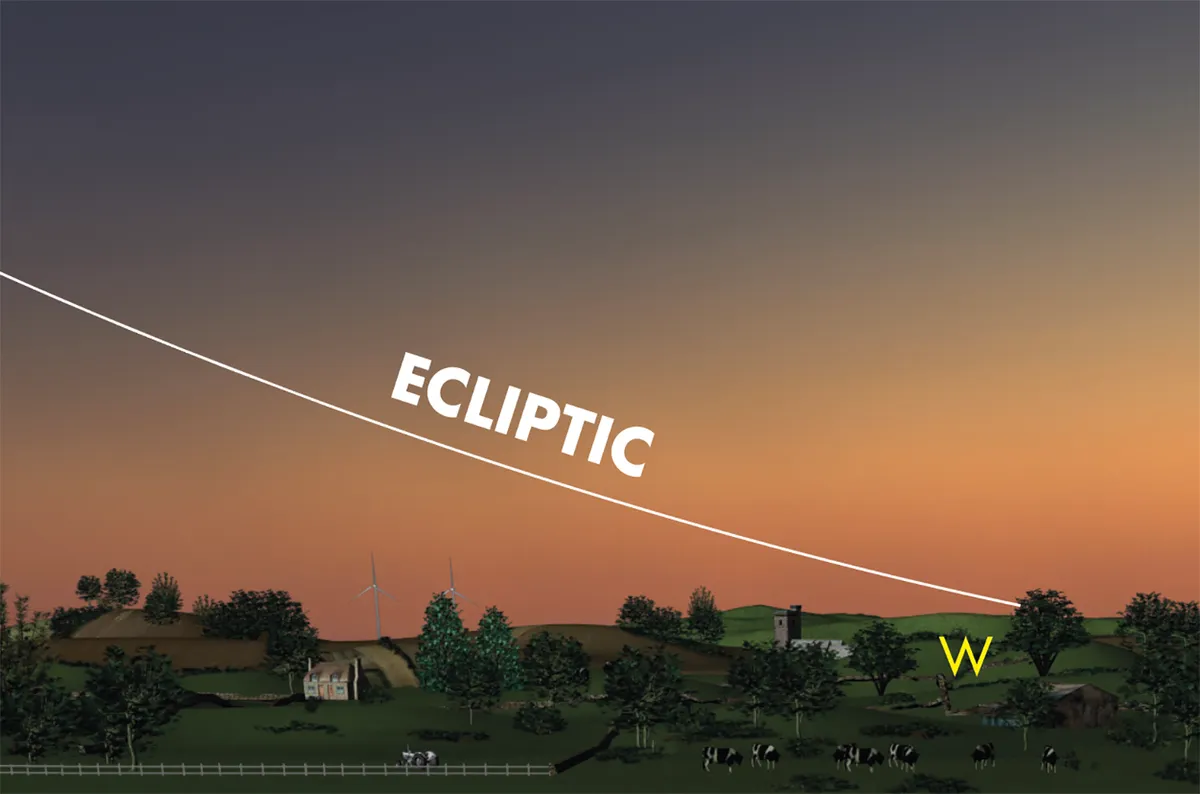The Hubble Space Telescope has captured an image of a dwarf galaxy that orbits our closest galactic neighbour, and which astronomers say is part of an 'oddly organised' group.
Andromeda III is one of 13 known dwarf satellite galaxies that orbit the Andromeda Galaxy.
The Andromeda Galaxy is the closest major galaxy to Earth and the most distant object that can - under good conditions - be seen with the naked eye.

Dwarf galaxy Andromeda III is a satellite galaxy of the Andromeda Galaxy that observations have revealed to be old and lifeless.
It's a gravitationally bound collection of ancient stars, and doesn't seem to host any young stars, nor be undergoing any bouts of star formation.

But what makes Andromeda III a bit of a cosmic puzzle is that it – and several other of the Andromeda Galaxy's dwarf galaxies – orbit in a flat plane around it.
This is much the same as how the planets of the Solar System orbit our Sun in a flat plane, because they all formed within the same flat dusty disk that surrounded our Sun in its infancy.
You can see this alignment in the night sky for yourself, if you observe how the planets appear along the same path across the sky, known as the ecliptic.

But why would dwarf galaxies be orbiting the Andromeda Galaxy in this way? They appear more organised than you would expect.
Models of galaxy formation don’t show dwarf galaxies aligning in such an orderly formation.
Instead, models show that dwarf galaxies should orbit the galaxy in random directions, slowly losing energy and merging into the larger host galaxy.
Astronomers say the strange alignment of dwarf galaxies around the Andromeda Galaxy could be because they fell into orbit around it as a single group.
Or it could be because the dwarf galaxies are remnants of a merger of two larger galaxies.
These theories, say astronomers, would complicate theories of galaxy formation, and are being looked into by the James Webb Space Telescope.
The Hubble Space Telescope's studies of Andromeda III are part of an investigation into the star formation histories of dwarf spheroidal galaxies around the Andromeda Galaxy, and how they compare to the satellite galaxies of our own Milky Way.

